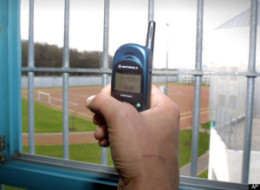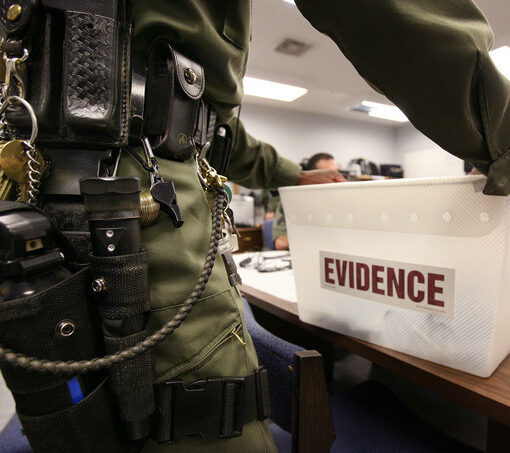 This article discusses the problem of illegal prison cell phones in the State of Texas. As with most states, the initial approach to deal with the problem is to try jamming contraband prison cell phones. The cost of this approach has yet to be quantified however.
This article discusses the problem of illegal prison cell phones in the State of Texas. As with most states, the initial approach to deal with the problem is to try jamming contraband prison cell phones. The cost of this approach has yet to be quantified however.
State corrections officials said Friday that a test of cell phone detection technology at a Southeast Texas prison where an inmate used a contraband phone when he escaped last month has encouraged them to move forward with plans to install the devices around the sprawling system to thwart the illegal activity.
A Coral Springs, Fla.-based business, cellAntenna, recently spent more than two days at the Texas Department of Criminal Justice Stiles Unit, outside Beaumont, and showed how its technology could find phones inside the prison, said Rick Thaler, director of the Texas prisons.
“The next step in the process is putting out a request to vendors in the field that offer similar technology so they can put forth their proposal as to their services and what they can provide us,” Thaler said.
There was no immediate cost estimate.
“Part of that is contingent on how many devices you put at a facility,” Thaler said. “The more you put in, the more you can hone in on the particular location or at least a particular building that the phone is used in.”
He said it was realistic to believe the technology could be in place by the end of the year.
“We’re trying to move forward as rapidly as possible with the request,” Thaler said. “Hopefully it’s another tool we’ll have in the near future.”
Illegal cell phone use has been a problem for years now in Texas, which has the nation’s second-largest prison system, and other corrections agencies nationwide. Technology to disrupt phone calls, known as jamming, also is available, but its use is illegal under a 1934 federal law.
The managed access cellAntenna uses, which is legal, “allows them to divert cell phone signals and send them on a detour essentially to a dead end so the calls are not completed,” said Brad Livingston, executive director of the Texas criminal justice department.
Livingston last month ordered a demonstration of the technology after 27-year-old convict David Puckett escaped from the Stiles Unit. He was captured five days later in Omaha, Neb. John Moriarty, the agency’s inspector general, said Puckett’s possession of a cell phone behind bars was “a major component of the escape.”
“We did a forensic examination on the phone he was caught with and there were 300-plus calls to a woman who assisted him,” Moriarty said. “It just shows you how the security procedures set up in the prisons are totally circumvented.”
Moriarty and Livingston blamed friends and families and even some employees for smuggling the phones or arranging for drops outside the prison where inmates on work details can retrieve them.
“There’s a host of reasons,” Livingston said. “You really can’t pinpoint one in particular.”
He said comprehensive video surveillance has eased the contraband problem at the Polunsky Unit outside Livingston, where a couple years ago an inmate used a smuggled phone to call and threaten a state legislator. Similar video security is being installed at the Stiles Unit.
“We feel once completed, it will make a big difference in the nature of all contraband,” he said. “We’re doing everything we can on a number of fronts to battle this.”
“I think the technology is there to deal with the problem,” Moriarty said. “It depends on how much money you want to spend.”
Texas Department of Criminal Justice Chairman Oliver Bell, at a prison board meeting Friday, called security “the most important core function we have in the agency.”
He said the term “zero tolerance” didn’t allow for exceeding expectations, yet for the agency the only acceptable goal was zero.
“We have people on the other side of walls who have 24-7, 365 — time — to mess us up,” Bell said. “Our job is to stay a couple minutes ahead of them.”
Source
- Multi-Blockchain System for Inmate Forensics - April 2, 2024
- Blockchain to Secure Attorney-Inmate Privacy for Prison Calls - June 28, 2023
- meshDETECT® Announces Grant of Ninth Patent For Blockchain Wireless Services - August 26, 2022




